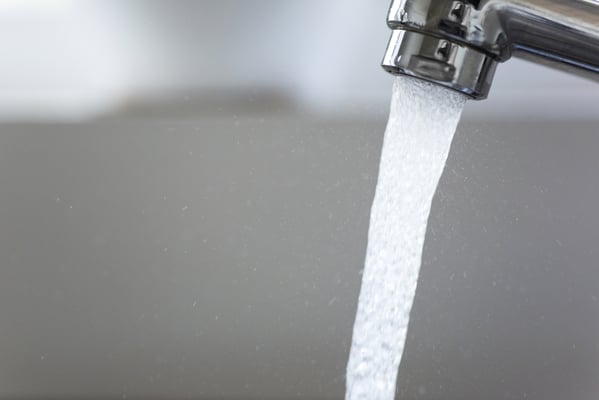Texas has a powerful thirst for water.
No surprise there. The Lone Star state has a booming economy. It currently has more than 7000 water systems and the State Water Plan shows that Texans currently use 5.3 million acre-feet of water for municipal purposes, with a projected increase to 8.5 million acre-feet by 2070. Manufacturing uses 1.3 million acre-feet and organizations that self-serve with a system just for themselves, including agriculture, utilize a little over 9 million acre-feet per year. (https://texasstatewaterplan.org/statewide).
Since many obvious water sources are pretty much tapped out and others are over-extended, what's a state like Texas to do? First, we must ensure the environment gets the water it needs. Popular swimming sites on the Barton Creek Greenbelt have already dried up. Jacob’s Well near Wimberly, Texas, has not had sufficient flow to allow swimming since last year. Sure, there’s a drought, but we have to manage our water resources whether it’s raining or not.
Texas has reservoirs, surface water, and groundwater. In some places, there is more groundwater, and in others there is more surface water. Coastal communities are considering desalination, but such a project can be far more affordable as a regional effort. But we need to do more, much more. Thus, the necessary investment is going to be substantial. By some estimates, the cost to repair systems and to make them more resilient while protecting other water users and the environment will be one of the most complicated challenges we’ve faced.
The Texas Legislature is contemplating a substantial investment in water supply, treatment, and delivery. There is funding set aside in the annual state budget. The Federal Infrastructure Investment and Jobs Act also has made funding available. And to boot, the legislature is advancing new mechanisms to allow small, rural, and disadvantaged utilities to collaborate on regional projects, making them more competitive for funding, without giving up control of their facilities.
Energy costs count too. As Texans have recently learned firsthand, our ability to produce reliable power is a serious challenge. But we don’t want to trade one issue for another. Texas needs to ensure it can manage energy production costs and secure more water at the same time.
Then there are the leaks. During the current legislative session, lawmakers are considering a substantial investment for utilities to find and repair leaks. According to water loss reports submitted by public water suppliers to the Texas Water Development Board, the state lost an estimated 136 billion gallons of water in 2020 and 132 billion gallons of water in 2021, To add insult to injury, that leaked water is not cheap because we’ve already paid for it.
Texas is a U.S. leader in both indirect and direct reuse of water through purification. We use water for industry and irrigation and then run it into the water treatment plants where it is treated to the highest possible standards before being sent to homes and schools and businesses.
Texas, we have the knowledge, the political will, and the available funding to revitalize and protect our water supplies in order for us to enjoy the future we want.
Visit waterworks4texas.com to learn more today.
About the Authors
Robert Sheets
Leader, Government Services Group, Anser Advisory

Known as a man who gets things done, Robert Sheets has spent a professional lifetime helping advance the goals of local governments. His relationships with local, regional, and state governments, as well as the Department of Defense, have been instrumental in establishing public-private partnerships with a triple bottom line: good for the community, good for business, and good for the environment.
Carlos Rubinstein
Water Policy Consultant, Anser Advisory

Rubinstein is an expert on Texas water policy. As chairperson of the Texas Water Development Board (2013-2015) he oversaw the implementation of the $2 billion State Water Infrastructure Fund. (SWIFT). He is a Board Member of the Texas Water Foundation and the Texas Water Trade. Rubinstein has served as the Texas representative to the Western States Water Council and the Border Governors' Conference Sustainable Development worktable. Rubinstein served as the Texas Commission on Environmental Quality (TCEQ) commissioner from 2009–2013. He is a former deputy executive director of TCEQ and Rio Grande Watermaster. Rubinstein has appeared as an expert witness on various environmental cases and has published several peer-reviewed articles on Texas water policy. He is a former city manager for the City of Brownsville. Rubinstein earned a bachelor's degree in biology from Pan American University.



